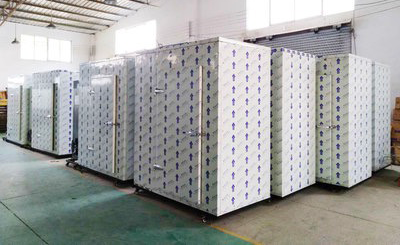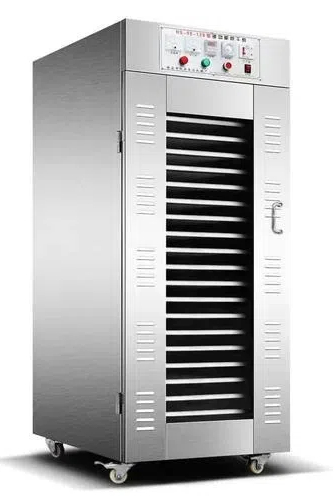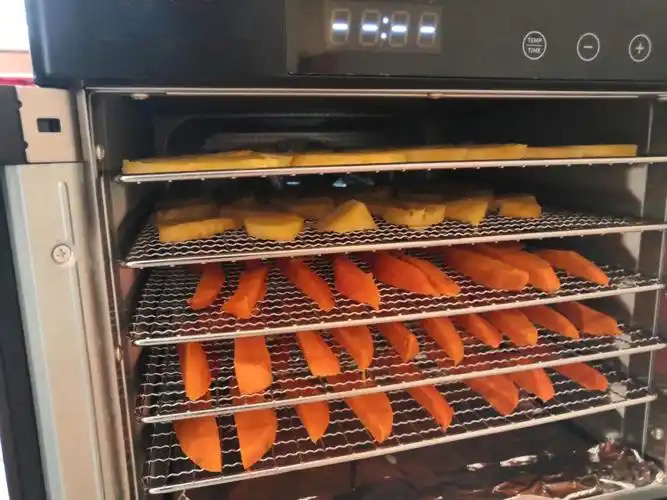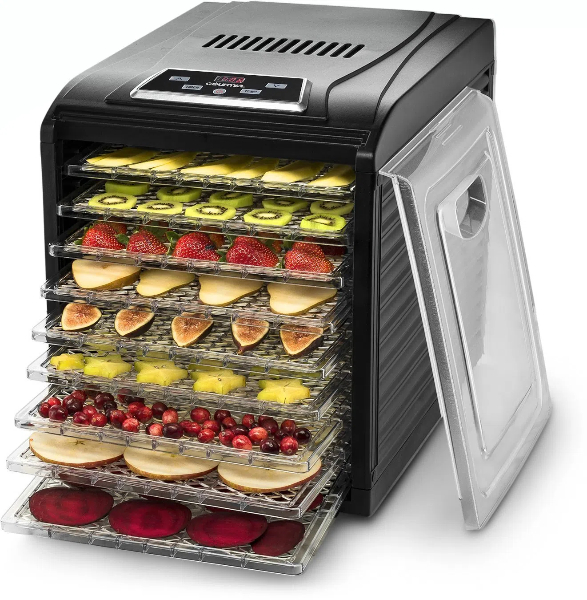
Content Menu
● Introduction
● Understanding Heat Pump Dryers
>> What is a Heat Pump Dryer?
>> Benefits of Heat Pump Dryers
● Wall Mounting Considerations
>> Can Heat Pump Dryers Be Wall Mounted?
>> Structural Requirements for Wall Mounting
● Installation Guidelines
>> General Installation Requirements
>> Step-by-Step Installation Process
● Alternatives to Wall Mounting
>> Stacking Options
>> Free-standing Solutions
● Conclusion
● Frequently Asked Questions
>> 1. Can all heat pump dryers be wall mounted?
>> 2. What are the benefits of wall mounting a heat pump dryer?
>> 3. What should I consider before wall mounting my dryer?
>> 4. How do I install a heat pump dryer on the wall?
>> 5. Are there alternatives to wall mounting a heat pump dryer?
Introduction
In recent years, heat pump dryers have gained significant popularity due to their energy efficiency and gentle drying capabilities. As more homeowners seek innovative solutions to optimize their laundry spaces, the question arises: can a heat pump dryer be wall mounted? This article explores the feasibility of wall mounting heat pump dryers, the benefits of this installation method, and essential considerations for those looking to maximize their laundry room space.

Understanding Heat Pump Dryers
What is a Heat Pump Dryer?
A heat pump dryer is a type of clothes dryer that uses heat pump technology to dry clothes. Unlike traditional dryers that expel hot air and require venting, heat pump dryers recycle air within the machine. They extract moisture from the clothes and use a heat exchanger to warm the air before circulating it back into the drum. This process not only reduces energy consumption but also minimizes fabric damage, making it an ideal choice for delicate garments.
Benefits of Heat Pump Dryers
Heat pump dryers offer several advantages over conventional dryers:
- Energy Efficiency: Heat pump dryers consume significantly less energy than traditional vented dryers. They operate at lower temperatures, which reduces electricity costs and is better for the environment.
- Gentle Drying Process: The lower drying temperatures help preserve the quality of fabrics, reducing wear and tear on clothes.
- Versatility: Many heat pump dryers are ventless, allowing for flexible installation options, including in small spaces or apartments where venting is not feasible.
Wall Mounting Considerations
Can Heat Pump Dryers Be Wall Mounted?
The possibility of wall mounting a heat pump dryer largely depends on the specific model and manufacturer guidelines. While some heat pump dryers are designed to be wall-mounted, others may not be suitable due to their weight and size. It is crucial to consult the manufacturer's specifications before attempting to mount a dryer on the wall.
Structural Requirements for Wall Mounting
When considering wall mounting a heat pump dryer, several structural factors must be taken into account:
- Weight Capacity: Heat pump dryers can be heavier than traditional dryers due to their internal components. Ensure that the wall can support the weight of the dryer, and consider using additional brackets or supports if necessary.
- Installation Surface: The wall surface should be sturdy and capable of bearing the load. Concrete or reinforced walls are ideal for mounting heavy appliances.
- Proximity to Power Sources: Ensure that electrical outlets are accessible and that the installation complies with local electrical codes.
Installation Guidelines
General Installation Requirements
Before installing a heat pump dryer, it is essential to consider the following general requirements:
- Space Considerations: Measure the available space to ensure that the dryer will fit comfortably. Allow for adequate clearance around the unit for ventilation and maintenance.
- Ventilation Needs: Although heat pump dryers are ventless, they still require proper airflow. Ensure that the installation area is well-ventilated to prevent overheating.
Step-by-Step Installation Process
1. Gather Tools and Materials: You will need a drill, level, mounting brackets, screws, and a stud finder.
2. Locate Wall Studs: Use a stud finder to locate the wall studs where you will mount the dryer. Mark the locations for the mounting brackets.
3. Install Mounting Brackets: Secure the mounting brackets to the wall, ensuring they are level and properly anchored to the studs.
4. Attach the Dryer: Carefully lift the heat pump dryer and attach it to the mounting brackets. Ensure it is securely fastened and level.
5. Connect Power Supply: Plug the dryer into the electrical outlet, ensuring that the cord is not pinched or damaged.
6. Test the Dryer: Run a test cycle to ensure that the dryer operates correctly and that there are no issues with the installation.

Alternatives to Wall Mounting
Stacking Options
For those who prefer not to wall mount their heat pump dryer, stacking it with a compatible washing machine is a popular alternative. Many manufacturers offer stacking kits that allow you to securely place the dryer on top of the washer, saving valuable floor space.
Free-standing Solutions
Free-standing heat pump dryers are another option for those who may not have the structural support for wall mounting. These units can be placed in laundry rooms, closets, or other areas where space allows. They often come with adjustable feet to ensure stability on uneven floors.
Conclusion
In conclusion, while some heat pump dryers can be wall mounted, it is essential to consider the specific model and manufacturer guidelines. Proper installation is crucial to ensure safety and functionality. Whether you choose to wall mount, stack, or use a free-standing solution, heat pump dryers offer an energy-efficient and gentle drying option for your laundry needs. As you explore your options, remember to prioritize safety and consult with professionals if needed.

Frequently Asked Questions
1. Can all heat pump dryers be wall mounted?
Not all heat pump dryers are designed for wall mounting. It is essential to check the manufacturer's specifications for each model to determine if wall mounting is possible.
2. What are the benefits of wall mounting a heat pump dryer?
Wall mounting a heat pump dryer can save floor space, making it an excellent option for small laundry areas. It also allows for easier access and can improve the overall aesthetics of the laundry room.
3. What should I consider before wall mounting my dryer?
Before wall mounting, consider the weight capacity of the wall, the structural integrity of the installation surface, and the proximity to electrical outlets. Ensure that the dryer is compatible with wall mounting.
4. How do I install a heat pump dryer on the wall?
To install a heat pump dryer on the wall, gather the necessary tools, locate wall studs, install mounting brackets, attach the dryer, connect the power supply, and test the unit to ensure proper operation.
5. Are there alternatives to wall mounting a heat pump dryer?
Yes, alternatives include stacking the dryer with a washing machine or using a free-standing model. Both options can effectively save space while providing the benefits of a heat pump dryer.












